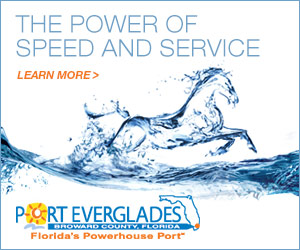|
The Port of Oakland is testing Bluetooth sensors to measure how long harbor truckers wait to enter terminal gates.
The technology, familiar to rush-hour motorists, may soon help accelerate containerized cargo flow through the Port of Oakland. The port statement said it’s testing sensors that measure how wait-times are impacting the flow of goods at its marine terminals.
"This is proven technology for determining travel times and a cost effective approach for determining port drayage truck wait times," said Taso Zografos of Reston, VA-based Leidos Inc., the firm conducting the test. "If the test is successful, then it would be applicable to implement portwide."
Armed with wait-times, drivers could avoid peak periods and shippers could collect cargo when terminals aren’t crowded. If the test proves successful, the technology may be deployed throughout the port.
"Our customers want to get in and out of the Port with their cargo quickly," said Maritime Director John Driscoll. "We think this technology can provide an important component of wait-time metrics to our Port stakeholders."
|
The port is installing Bluetooth sensors this week along thoroughfares in the Outer Harbor area of the port. The readers will detect anonymous signals emitted from phones or other mobile devices in truck cabs. They’ll measure time between the first and last of each signal to calculate wait times into terminal yards.
It’s the same technology used along major freeways to calculate rush-hour commute times. On roads, overhead signboards tell motorists how long it takes to travel from, say, downtown Oakland to San Francisco. At the port, harbor truckers and cargo owners will get that information on cellphones or computers.
The statement said the technology would include cyber-security measures such as network security, access control, audit and accountability to protect critical infrastructure.
The Bluetooth pilot program will last several months, part of a larger strategy to accelerate cargo movement. Other measures include regular Saturday gate hours, a common chassis pool and off-site locations for container pick-up. The programs are a response to growing cargo volumes at all major West Coast ports.
|


